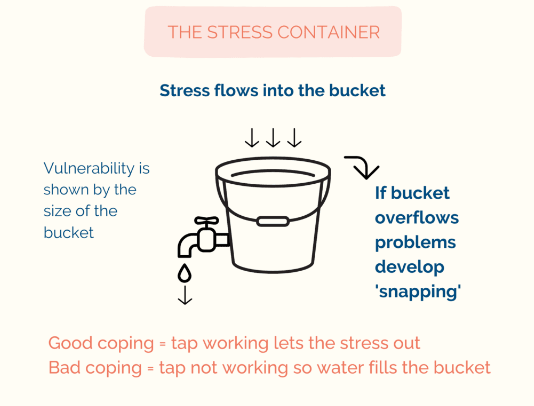"Mental Health Awareness Week 2023 is taking place from 15 th – 21 st May, aiming to raise awareness of mental health issues, increase education on the topic and attempt to eliminate the stigma attached to mental health issues, hoping that in turn, it will encourage people affected to seek help and support.
The rate of employment among adults of working age (16-64) with a self- reported mental illness increased markedly from 27% in Q1 2007/08 to 52% in Q4 2019/20. This may partly reflect a true improvement in the employment rate, but it could also be due to de-stigmatisation of mental illness in recent years, with people now more likely to self-report that they have a mental health disorder.
The above statistic shows that mental health is talked about more today than ever, perhaps it’s no wonder, given the impact of the steeply rising cost of living in the UK. Stats reported by Champion Health in The Workplace Health Report 2023 reveal that:
- The number of employees experiencing thoughts of self harm or suicide has increased from 8% to 9% since last year.
- 61% of employees struggle to be productive due to tiredness.
- The percentage of employees experiencing moderate-to-high stress levels has increased from 67% to 76% since last year.
- The top five causes of negative stress in the last year are workload, lack of control, lack of support, senior staff members and peers.
- There has been a 23% increase in employees experiencing financial pressure verses last year.
What can employers to do help
Five questions to ask yourself as an employer;
- Are individual accountabilities clear across the organisation?
- Young people are coming to workspaces already more equipped to speak openly about who they are than older generations. Has your organisation created an environment where this is possible?
- Are colleagues able to work flexibly when they need to and where possible control where and when they work?
- Do colleagues feel that they will be supported if they raise challenges with workload?
- Data suggests that young people are more likely to approach peers than line managers. Do you have processes/ways to encourage support from peers as well as line managers
Charity organisation Mind uses a handy diagram to get you thinking, their visualisation of a person’s mental health is as a stress bucket or container handling stress – the size of the bucket is determined by how vulnerable they feel to stress. The less vulnerable the person, the bigger the bucket, meaning they can handle more stress than a person who is highly vulnerable.

Improving workplace mental health
It’s important that employers and leaders encourage a culture of openness and supportiveness, and ideally, have some information on how to recognise the signs of strain on mental health. The Mind and The Mental Health Foundation websites have a range of great resources available, from downloadable posters to advice on how to spot signs of stress.
So what do we do as leaders when someone in our team shows signs of stress container overflow and starts saying things like “I feel stressed, I feel down, I feel overwhelmed or too stretched”? and how do we even start a conversation? Using the stress container concept, during one-to-one meetings, we’d encourage you to ask your employees these types of questions – Do they know the signs they are reaching the top of the container? For example, do they get irritable, nervous, or lose their sense of humour? Are they using helpful coping strategies? Are those strategies working?
As a line manager, there’s not always a lot you can do to control the flow of stress that enters their bucket…. Such as their home environment, financial situation, or support network. But good mental health at work and good management go hand in hand. Keep aware of your team’s workload and be ready to listen to their concerns. Directly ask employees if they need support and let them know help and support are available if they need it. If a mental health issue is identified, consider if any adjustments to start times or flexible working arrangements would help.
Make it a habit to regularly check in on how well your people are managing their stress containers by asking questions such as: How are you making time for yourself? How much control do you have over the thing that is concerning you the most? Who are you talking to about these worries? What can we do in the workplace to help?
Believe it or not, all these questions and chats around them will encourage that tap to work and allow stress to flow out and let everyday life seem that little bit more manageable to someone who is feeling overwhelmed.
Feel free to contact us with any questions, and if you want to build mental health support into your company culture and policies, we can help.
If you liked this, you might like: Do your policies match your company culture?"












